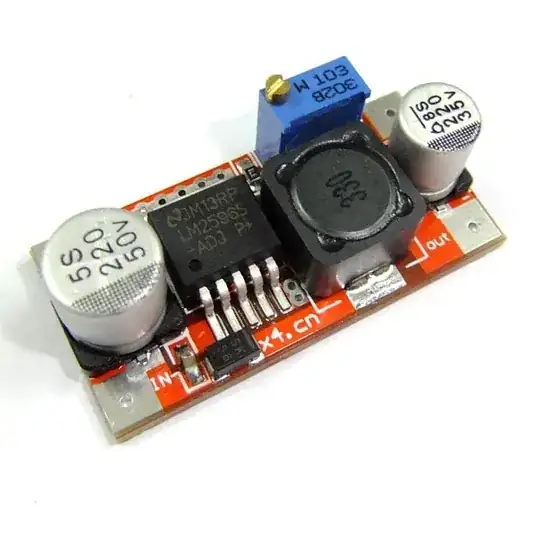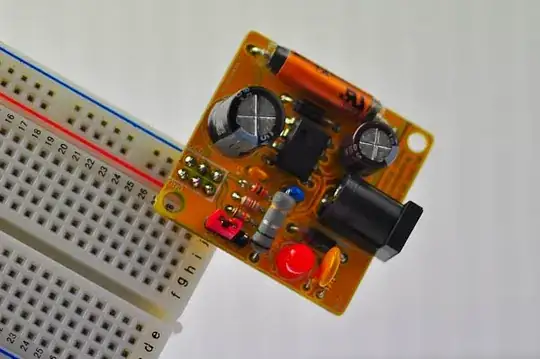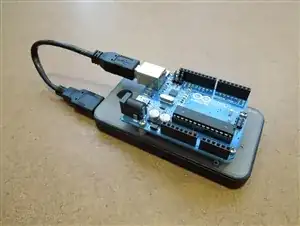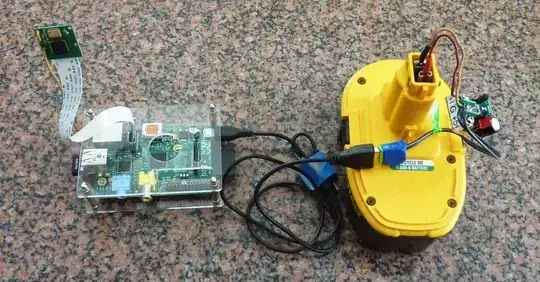Standard car batteries are 12.6 volts there are 6 2.1V cells. AGM batteries (i.e. Optima batteries, some interstates, and many other brands make AGM), in my experience with AGM batteries they are around 12.8 volts (I do not know the technical voltage). Without the car running you do not need to worry about voltage spikes AS LONG AS THE WIRES TO AND FROM THE BATTERY ARE SHORT. When the car is running the serpentine belt turns the alternator which is an AC generator. The alternator is connected to a rectifier to change it back to DC and the unit has a voltage regulator. When the car is running the alternator runs the electrical system and charges the battery. When you connect to the battery while the car is running you are actually connected to the alternator. When connected to the alternator there is a ton of electrical noise, voltage spikes, etc.
I have always had success connecting straight from the battery to the Arduino through its barrel jack connector, I have not tried any analog read function when the car is running. On the Arduino website it recommends 7-12V, however the limits (as listed on the Arduino website below the recommended) are 6-20. I have actually experienced problems with lower input voltages. If you feel uncomfortable just buy a 5 volt regulator and power through the usb.




